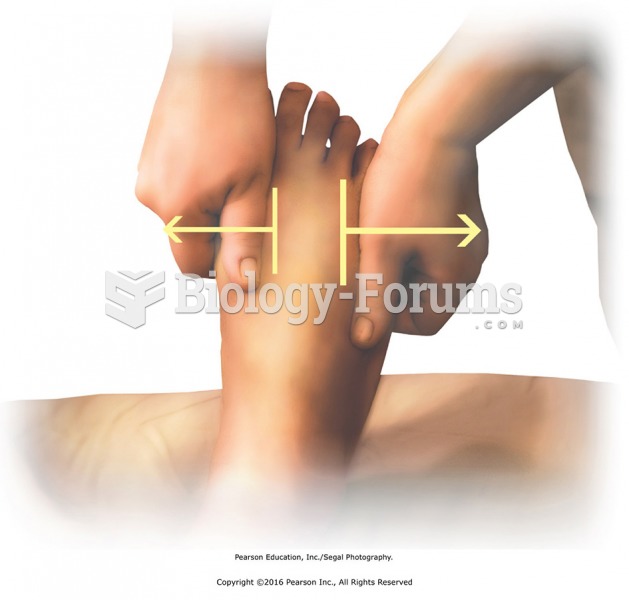Answer to Question 1
Answer: B
Answer to Question 2
Answer: Culture is transmitted to employees in a number of ways. The most significant are stories, rituals, material symbols, and language.
a. Stories: Organizational stories typically contain a narrative of significant events or people including such things as the organization's founders, reactions to past mistakes, and so forth. For instance, managers at Nike feel that stories told about the company's past help shape the future. Whenever possible, corporate storytellers (senior executives) explain the company's heritage and tell stories that celebrate people getting things done.
b. Rituals: Corporate rituals are repetitive sequences of activities that express and reinforce the values of the organization, what goals are most important, and which people are important. Mary Kay Cosmetics' annual awards ceremony is a good example. The company spends more than 50 million annually on rewards and price incentives.
c. Material Symbols: Material symbols convey to employees who is important and the kinds of behavior that are expected and appropriate. Examples of material symbols include the layout of an organization's facilities, how employees dress, the types of automobiles provided to top executives, and the availability of corporate aircraft. At WorldNow, a provider of Internet technology to local media companies, an important material symbol is an old dented drill that the founders purchased for 2 at a thrift store. The drill symbolizes the company's culture of drilling down to solve problems.
d. Language: Many organizations and units within organizations use language as a way to identify and unite members of a culture. By learning this language, members attest to their acceptance of the culture and their willingness to help preserve it. For instance, at Cranium, a Seattle board game company, chiff stands for clever, high-quality, innovative, friendly, fun.







